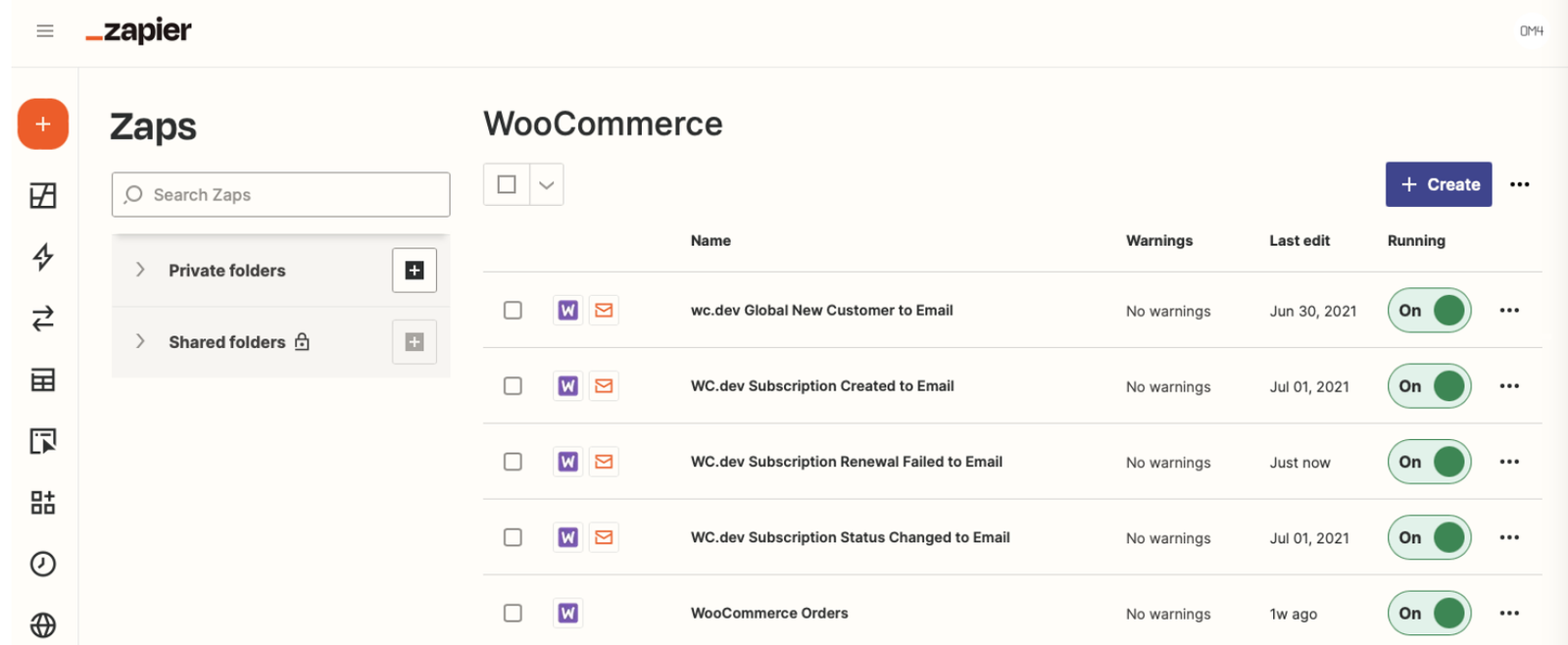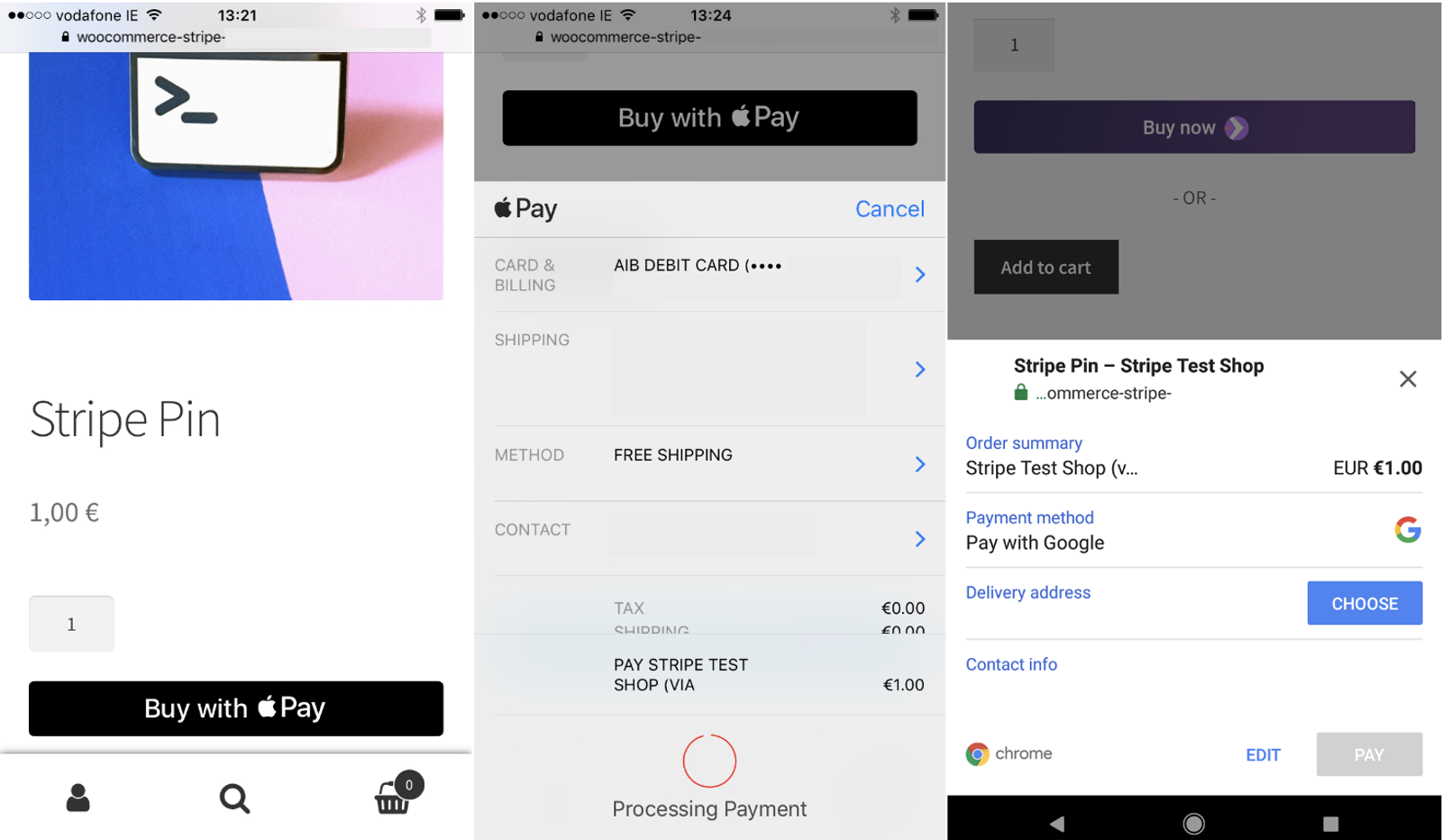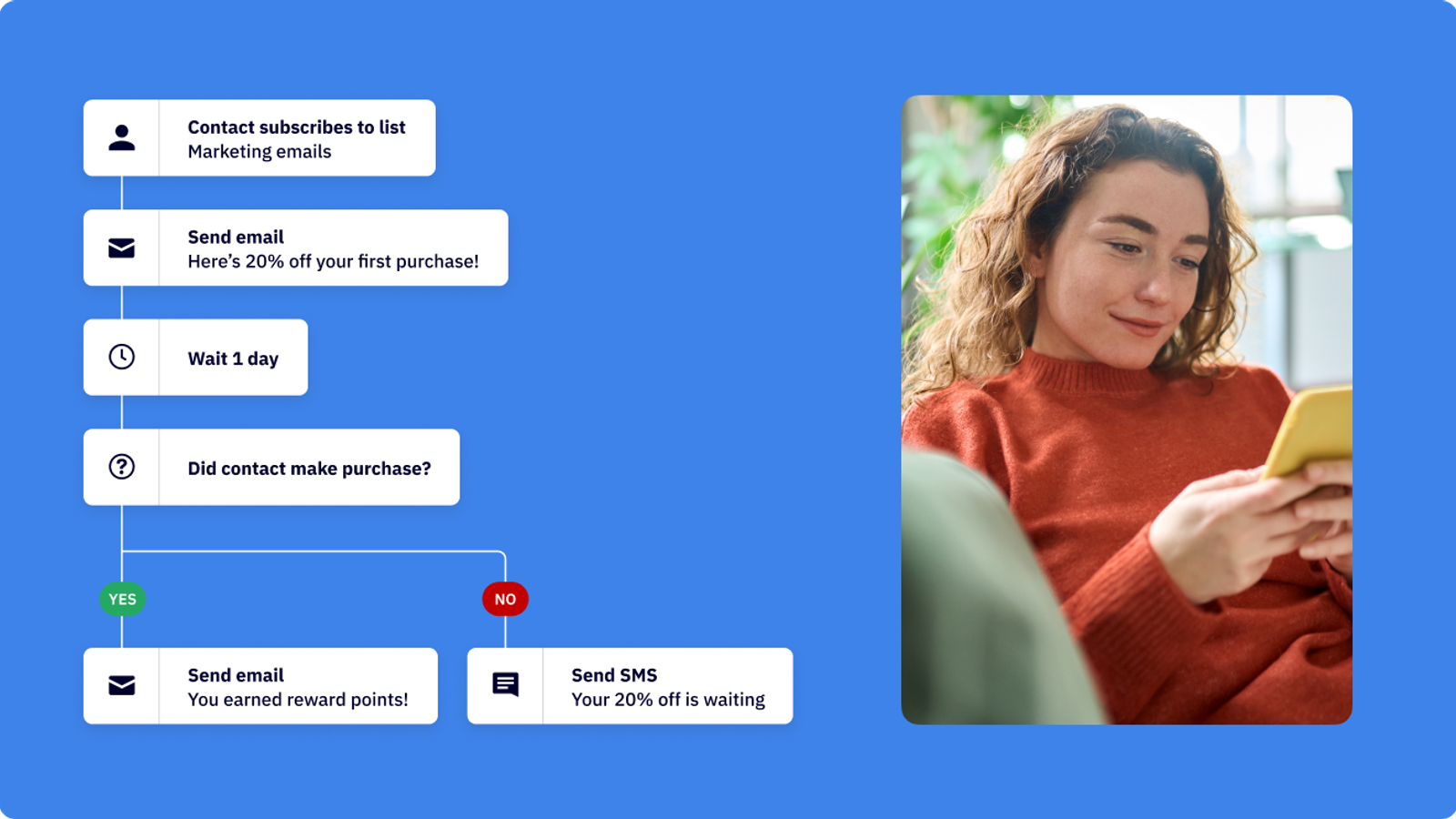Do you use WordPress to run your e-commerce business? Are you looking to drive sales and expand your reach? Enter integrations.
Did you know that small companies (10–99 employees) reported that integrations prevented churn by 50–59% and mid-sized companies (100–499 employees) reported the impact to be 70–79%?
Depending on the integrations you choose, you can make sure your customers enjoy a seamless checkout process, target customers with personalized content, look at advanced analytics to understand your customers' behaviors and preferences, and much more.
In this article, we'll take a look at four essential WooCommerce integrations you can start using today to power your e-commerce storefront.
What are WooCommerce integrations?
WooCommerce integrations are tools, plugins, and services that extend the functionality of WooCommerce, a popular e-commerce plugin for WordPress. These integrations help enhance various aspects of an online store, such as payment processing, shipping, marketing, inventory management, and customer relationship management.
There is no shortage in the types of WooCommerce integration you can use including:
- Payment gateways: Services like PayPal, Stripe, Square, and other payment processors that enable secure online transactions.
- Shipping solutions: Shipping carriers like UPS, FedEx, and DHL, as well as shipping management platforms like ShipStation and Easyship streamline the shipping process.
- Marketing tools: Email marketing services like ActiveCampaign, Klaviyo, and Brevo, as well as advertising platforms like Google Ads and Facebook Ads that enhance marketing efforts.
- Inventory management: Integrations with inventory management systems like TradeGecko, Cin7, and Zoho Inventory keep track of stock levels and manage product catalogs.
- CRM systems: Customer relationship management (CRM) platforms like Salesforce, HubSpot, and Zoho CRM help you manage customer interactions and data.
- Analytics and reporting: Analytics tools like Google Analytics, Metorik, and Glew give you access to insights on store performance and customer behavior.
- Social media: Integrations with social media platforms like Instagram, Facebook, and Pinterest enable social selling and enhance social media marketing efforts.
- Accounting software: Accounting solutions like QuickBooks, Xero, and FreshBooks help you automate your financial tracking and reporting.
- Customer support: Integrations with customer support platforms like Zendesk, Freshdesk, and LiveChat improve customer service and support.
All different types of integrations help WooCommerce store owners tailor their e-commerce stores to meet specific business needs and provide a better shopping experience for their customers. Which integrations you choose will depend on your unique needs and the scale of your business.
In this article, we'll be taking a look at the four essential integrations that the majority of e-commerce businesses will need to deliver a seamless customer experience.
WooCommerce integrations make your WordPress site profitable
WordPress and the WooCommerce plugin are a match made in heaven. To start, the low cost of setting up and maintaining your e-commerce store is what makes the duo so attractive to the first-time store owner. Still, you can't only rely on the WooCommerce plugin to provide all the functionality you need, especially if you want to develop a mature and well-rounded buying experience.
If you're already a WordPress and WooCommerce user looking to create a profitable business, you'll need the help of external integrations to have access to your full potential and drive revenue for years to come. This is precisely why WooCommerce integrations are so essential.
WooCommerce integrations can drive significant revenue by:
- Delivering smooth transactions: Integrations with payment gateways like PayPal and Stripe ensure that your customers have a seamless and secure checkout process. This reduces cart abandonment and boosts sales.
- Providing efficient shipping: By connecting your store with shipping solutions like UPS, FedEx, or ShipStation, you can offer real-time shipping rates, print labels easily, and provide customers with tracking info. This efficiency can lead to happier customers and repeat business.
- Creating powerful marketing campaigns: Tools like ActiveCampaign help you automate email marketing campaigns, targeting customers with personalized offers. You can also integrate with Google Ads and Facebook Ads to reach a broader audience and drive more traffic to your store.

- Tracking inventory management: Keep your stock levels in check with integrations like TradeGecko or Zoho Inventory. This prevents overselling, keeps customers satisfied, and ensures you always know what’s in stock, helping you manage cash flow better.
- Managing your customer relationships: Integrating with CRMs like Salesforce or HubSpot allows you to track customer interactions and tailor your marketing strategies. Knowing your customers better can lead to more effective promotions and higher sales.
- Offering analytics and insights: Tools like Google Analytics and Metorik provide detailed reports on your store’s performance. Understanding your customers' behavior and preferences helps you make data-driven decisions that can enhance your store’s profitability.
- Powering social selling: By connecting with social media platforms like Instagram and Facebook, you can sell directly through these channels. This not only increases your sales avenues but also leverages the power of social proof to attract new customers.
The 4 essential WooCommerce integrations for WordPress
Let's take a look at four essential and powerful WooCommerce integrations you can use on your WordPress site today.
ActiveCampaign
Cost: An active ActiveCampaign account
When you integrate your WooCommerce store with ActiveCampaign, you can effectively engage with your customers throughout their entire purchasing journey. But how?
- Acquire new customers: Streamline the process of reaching and engaging with potential customers with dynamic content, making it an invaluable tool for acquiring new customers and growing your business.
- Re-engage existing customers: Send reminders for abandoned carts, personalized recommendations, event-triggered messages, feedback requests, and win-back campaigns to foster customer retention.
- Drive revenue: Deliver personalized and timely messages that resonate with your audience, showcasing products they genuinely desire, thus driving sales and enhancing overall customer satisfaction.
Improve customer retention with ActiveCampaign Recurring Payments
Customers want a personalized experience with brands and to be engaged with them like humans. Understanding who they are and what motivates them is the key to this, and collecting customer data makes this possible.
Recurring Payments gives you the power to sync subscription information from a supported e-commerce store or integration to the contact records in your ActiveCampaign account. Once this data syncs, you can use it in automations to increase customer engagement with reminder emails, upsell opportunities, and more.
If a contact purchases a subscription from you through your WooCommerce site, their data, including subscription data, will sync to your ActiveCampaign account. The subscription data will then display on synced contact records in the “Recurring Payments” widget.

With Recurring Payments, you can segment your contacts based on recurring payment data and send personalized email, SMS, and digital marketing campaigns to delight your customers and drive sales.
E-commerce and automation work in lock step to make it easy for customers to get more of what they love. Recurring Payments improve satisfaction and drive lifetime customer value. Plus, by sending them relevant email content, payment support reminders, and 1:1 follow-ups, you ensure every subscriber feels valued.
Sound good?
Zapier
Cost: $8.25/month billed annually at $99
When you integrate Zapier with your WooCommerce site, you connect with thousands of the most popular apps so you can automate your work and have more time for what matters most—no code required.

With the Zapier integration, you can automate tasks, synchronize data efficiently, and connect with the tools essential to your business.
Instead of making the same changes every time a new order comes in, a new customer makes a purchase, or an order’s status changes, set up an automation once and let it run forever. This helps you take the necessary steps at critical moments and reduce shopping cart abandonment by acting quickly on canceled orders and following up with customers right after they make a purchase.
For example: When you get a new order, you can add a Zapier trigger and automatically add the customer to your CRM. Or, you can add a Zap and create a unique coupon for the customer when they purchase something.
Stripe
Cost: Free
Integrating Stripe with your WooCommerce WordPress site allows you to accept payments directly on your store for web and mobile. With Stripe, customers stay on your store during checkout instead of being redirected to an externally hosted checkout page, which has been proven to lead to higher conversion rates.

Customer preferences at the time of checkout vary drastically and supporting local payment methods can significantly increase the likelihood of conversion (which is what we're after here).
With Stripe, payment methods can be easily activated from your Stripe Dashboard and no secondary contracts or additional plugins are necessary. Once you’ve activated a payment method from your Stripe Dashboard, you can update your WooCommerce Checkout settings to list the payment method on your checkout page.
Yoast SEO
Cost: $12.09/month billed annually at $145
The Yoast SEO integration for WooCommerce helps you to drive more buyers to your store by making your products stand out in search results. That's pretty important when trying to attract and convert customers.
Yoast helps Google to understand your site by automatically applying technical SEO. The integration will guide you through the optimization process of your product pages, category pages, regular site pages, and blog posts.

With Yoast's generative AI functionality, you'll get suggestions for your page’s titles and meta descriptions which you can use on your product pages, category pages, blog posts, and regular site pages. AI speeds up your writing process and gives you inspiration to make your products stand out even more to your shoppers.
Plus, Yoast uses your product details like the price and stock and presents them in such a way that helps you to grab attention on social media and stand out among your competition.
Choose what makes sense for you
Selecting integrations that will supercharge your marketing and e-commerce sales on WordPress is crucial to support your shop's success. We highlighted four of the best integrations to get you started but there are dozens more you can choose from. Every business will have unique needs and therefore need a different mix of integrations.
To browse the WooCommerce extensions marketplace to find the right one(s) for your business, click here.
If you're looking for an email marketing tool that integrates seamlessly with WordPress and WooCommerce and want to see the benefits of pairing email marketing with your e-commerce business, it's time to give ActiveCampaign a test drive.
Sign up for a free trial today.







